Gibson Mill
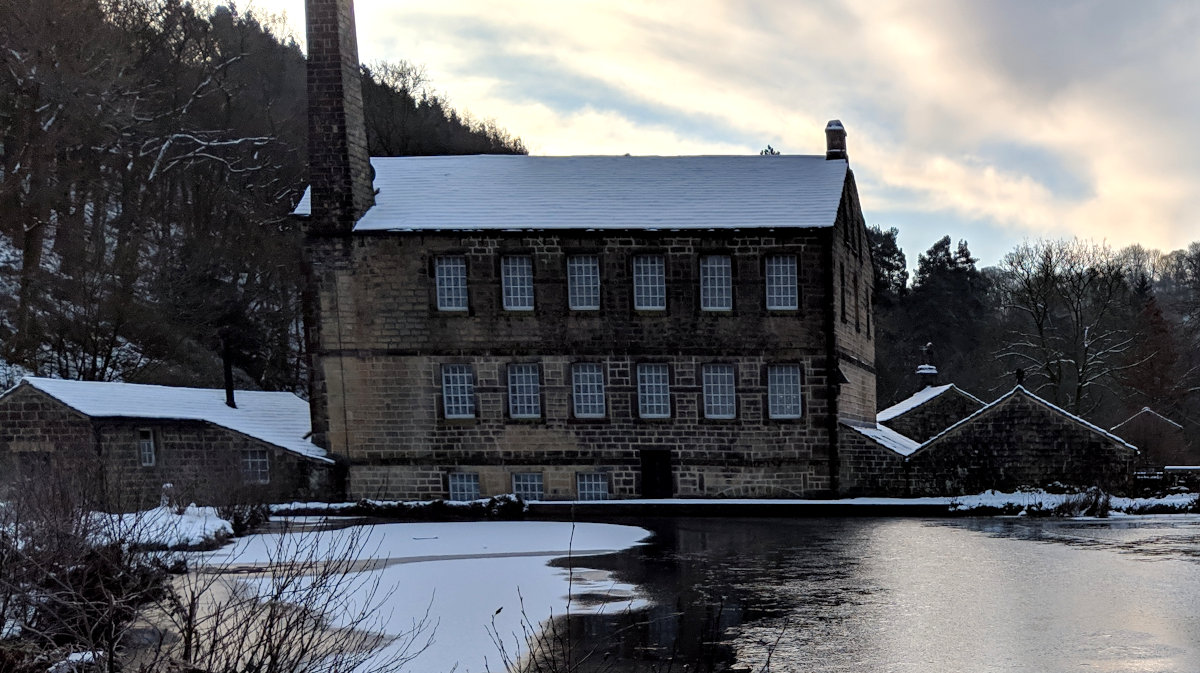
Gibson Mill is a historic cotton mill nestled in the forest at Hardcastle Crags, near Hebden Bridge in West Yorkshire, England. It was built in 1805 by the Gibson family, who owned the nearby Greenwood Lee estate. The mill was powered by a water wheel and produced cotton cloth until 1890.
Gibson Mill is laid out over three floors and there is no reliable disabled access to the upper floors.
In the early 1900s, Gibson Mill was converted into an entertainment emporium, with a restaurant, roller skating rink, dance hall, and bowling alley. After the Second World War, the mill fell into disuse and was acquired by the National Trust in 1950.
Below: Gibson Mill is run off grid with batteries and inverters.
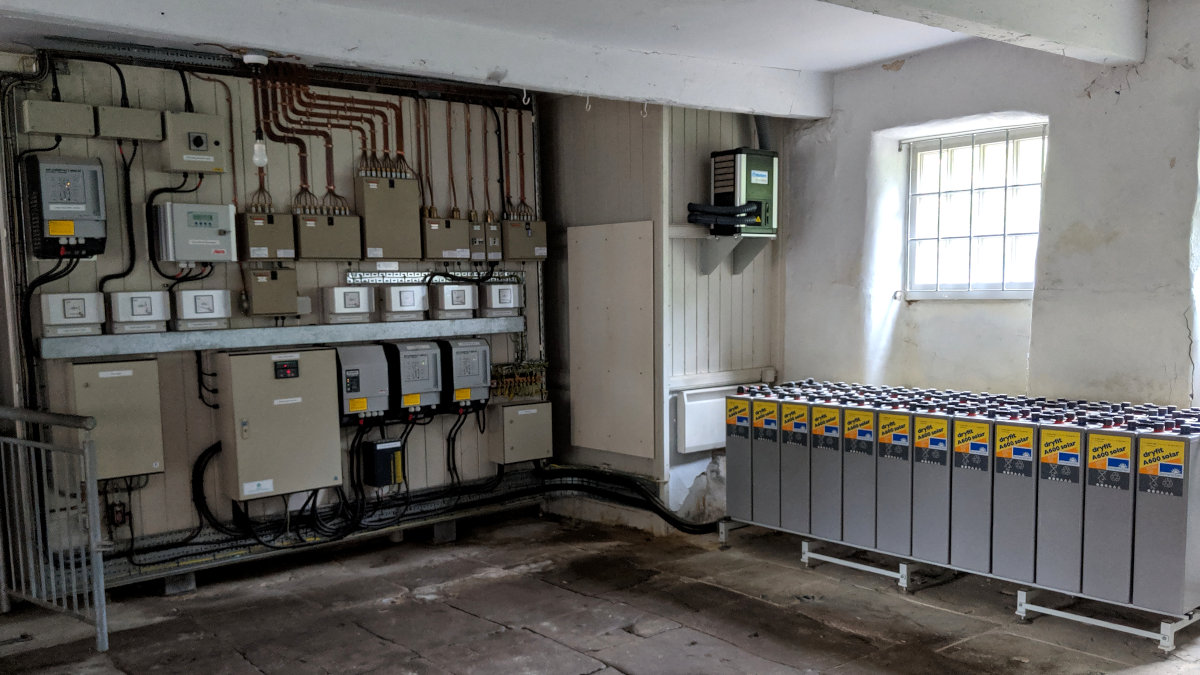
Gibson mill is a complex of buildings including a three storey mill, a row of cottages which are currently the estate offices for the National Trust, the Weaving shed cafe and a large mill pond at the rear.
Below: Gibson Mill in a former incarnation.
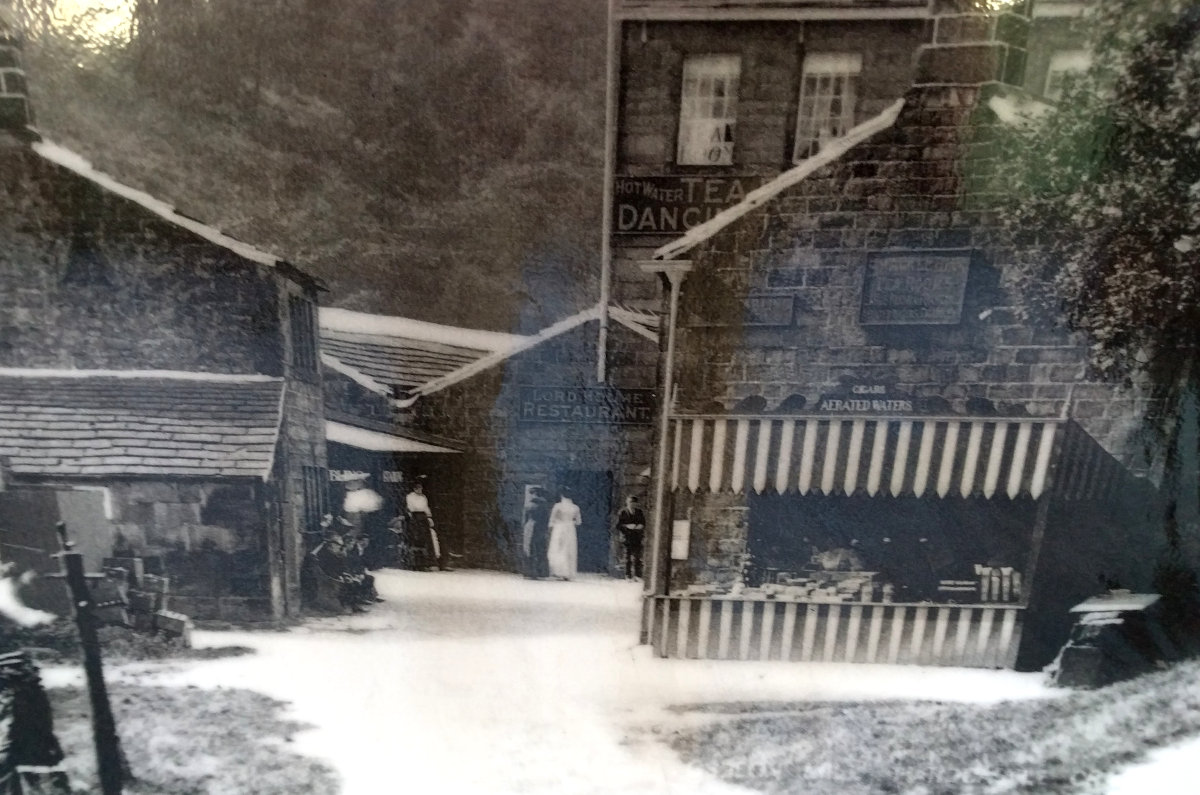
Today, Gibson Mill is a popular tourist destination, offering tours of the mill, as well as a café, bookshop, and gift shop. The area around the mill is also a popular spot for hiking and picnicking.
Here are some of the things you can do at Gibson Mill:
- Take a guided tour of the mill and learn about its history.
- See the off grid technology, biomass boilers and the spring water supply.
- Visit the café and enjoy a delicious meal or snack.
- Browse the bookshop and find a new book to read.
- Visit the gift shop and find a souvenir to take home.
- Go for a hike in the surrounding woodland.
- Have a picnic.
Gibson Mill is a great place to learn about the history of the Industrial Revolution and enjoy the beauty of the woodland.
Getting to Gibson Mill:
Gibson Mill is accessible by by two paths, the first is the riverside walk and the second is the dirt road. The riverside walk is longer at a mile and a half, more uneven and can be slippery while the road is more direct at just over a mile, but has traffic.
There is no room for cars to park at the mill and there are only two disabled parking spaces which need to be booked in advance.
What to see in Gibson Mill:
Gibson Mill still retains some its industrial past. Two hydroelectric turbines can be seen in the basement of the mill, one is modern but the real gem is a Francis-Gilkes 18.4 KW which unfortunately no longer works.
Below: The Herbert Morris lifting rig in the turbine pit.
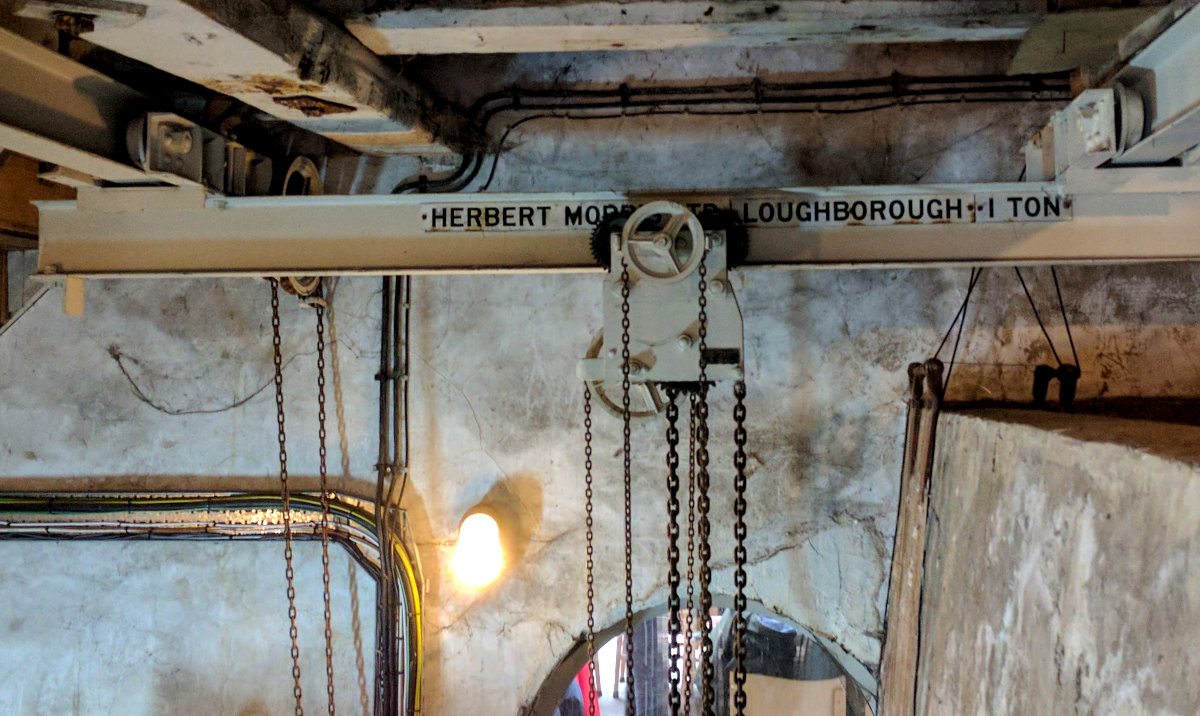
All the hot water and some of the heating on site comes from a biomass boiler and the Weaving Shed cafe is heated by a log stove.
The ground floor of the mill is uneven stone that is often damp and slippery.
Below: Gibson Mill during its refurbishment in 2005.
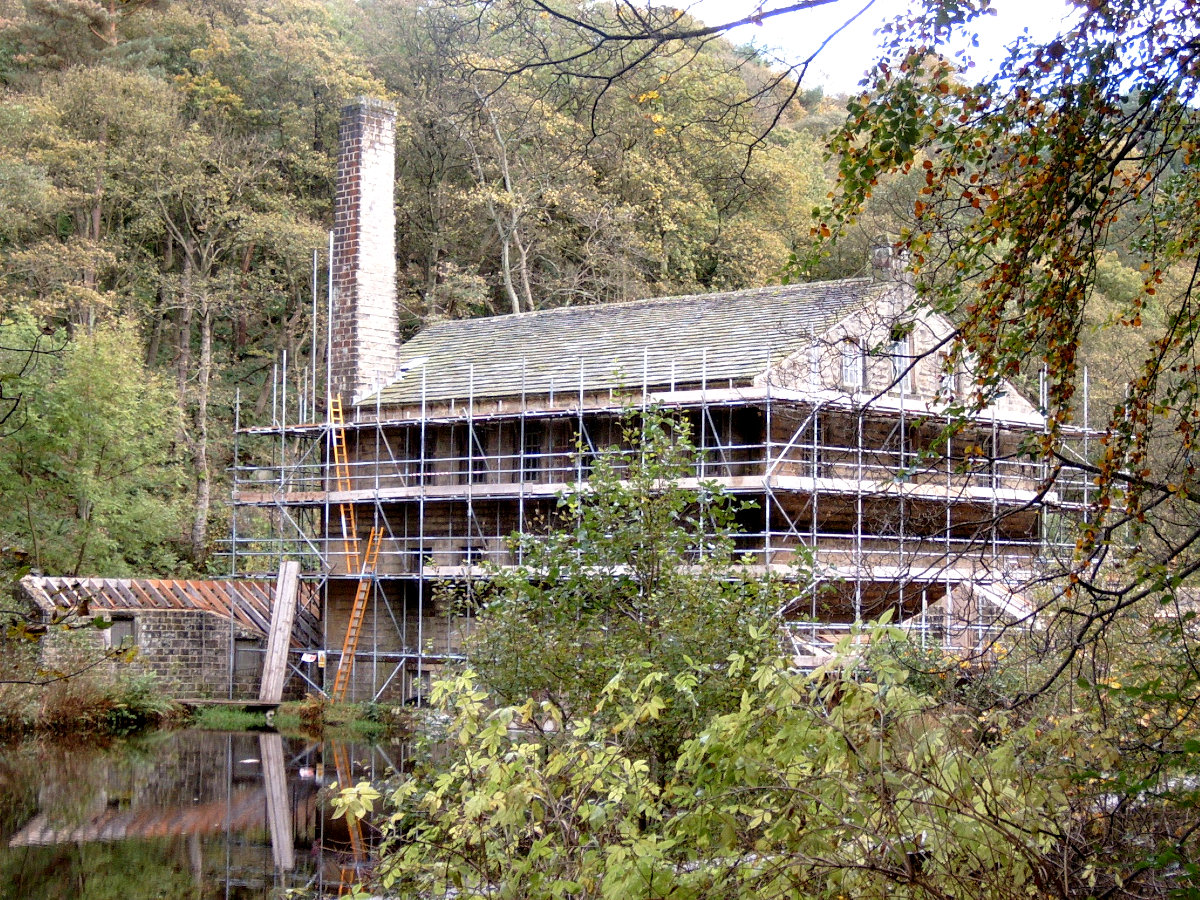
There is normally little to see on the middle floor as it is mostly reserved for weddings and functions although there is the occasional exhibition that is worth seeing.
